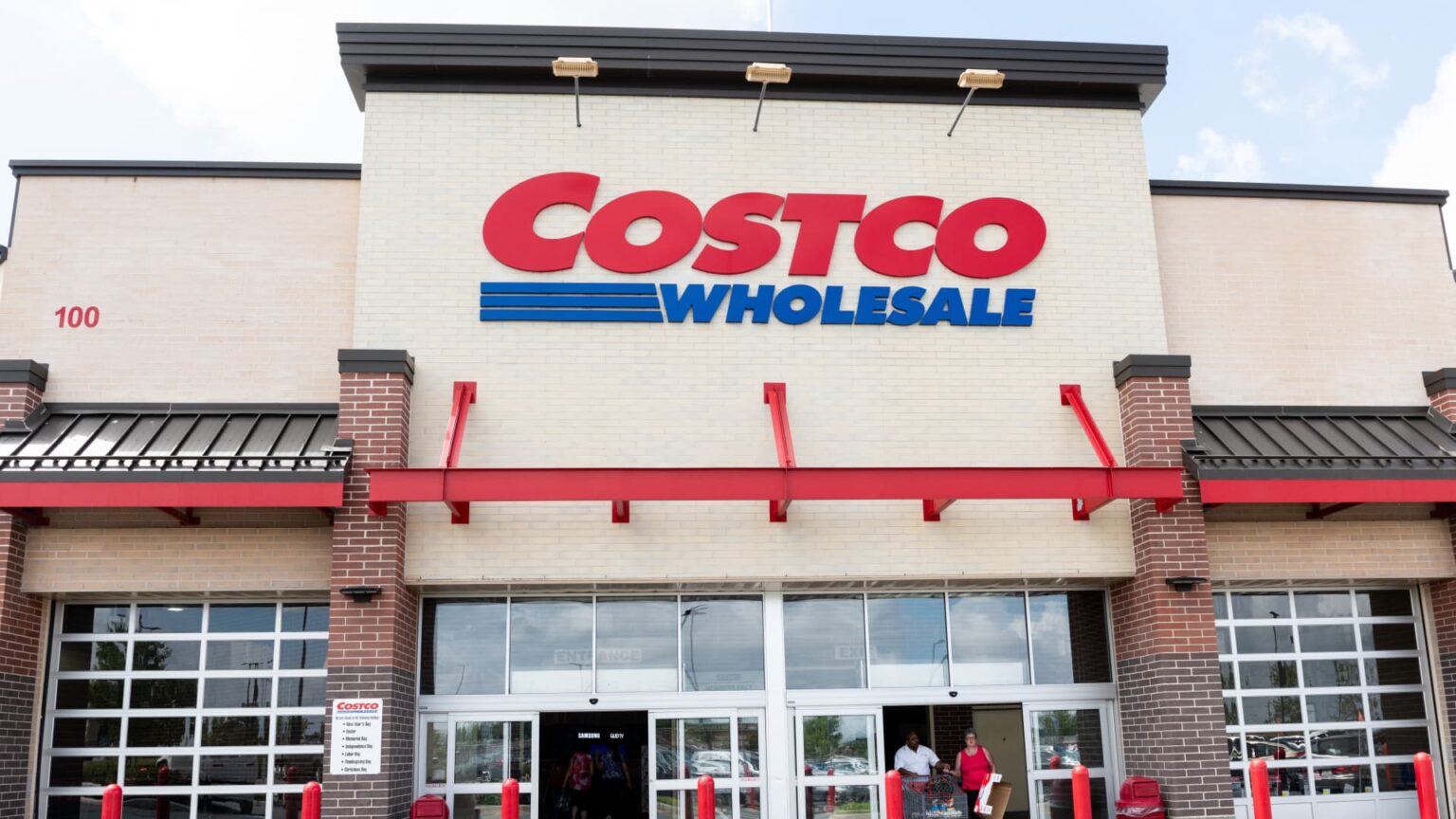Global Courant 2023-05-12 00:20:05
American consumers are spending less — and the rich are leading the way, according to the Bank of America Institute. Overall, bank credit card spending per household fell 1.2% in April compared to 12 months ago, the first negative year-on-year reading since February 2021. Note that discretionary spending among higher-income households is lower than those of lower- and middle-income households — and they spent less in April than a year ago. The reason is linked to the worsening job picture with higher incomes. Unemployment is rising faster among that cohort and their wage growth is weakest, Bank of America said in Wednesday’s report. “Why does this matter? The top 40% of households by income account for more than 60% of total consumer spending,” the report said. “So a slowdown in the labor market due to the higher end of the income scale could have an undue impact on the overall economy.” The challenges of a consumer base under pressure from inflation and high interest rates have been a topic of conversation this earnings season, with many companies suggesting the pressure will continue into the second quarter, Deutsche Bank noted in a note Monday. For example, during an earnings call in April, Andre Schulten, Procter & Gamble’s chief financial officer, spoke of dealing with “highly volatile consumer and macro dynamics.” Children’s clothing retailer Carter’s was also among those pointing to weakening consumer spending on its April earnings call. “We think demand remains subdued across the market as inflation, high interest rates, rising consumer debt and overall weak consumer confidence continue to weigh on consumer spending,” said Richard Westenberger, the chief financial officer, on the phone call in late April. “Consumer pressures remain, including moderating wage growth, SNAP cuts and still high inflation,” Deutsche Bank analyst Krisztina Katai wrote. “In addition, our recent management conversations indicate that consumers are prioritizing necessities.” In this environment, Katai remains defensive. Walmart, Costco and Dollar Tree are among those “well positioned to take advantage of value-seeking consumers and need-based purchasing,” she said. Retail giant Walmart, which is scheduled to release its final quarterly earnings next week, on a recent investor day touted its plans to use automation to manage inventory faster and more cost-effectively as part of its drive for higher profits. Like other retailers, Walmart is experiencing slower sales but is benefiting from consumers switching to cheaper alternatives, as well as grocery sales. Costco also derives a large portion of its revenue from groceries. The department store seller will report earnings later this month, but delivered a profit blow for its fiscal second quarter in February. Revenue rose 6.5% year over year to $55.27 billion, but missed analyst estimates of $55.54 billion, according to Refinitiv. Dollar Tree will also report earnings later this month. When the discounter reported fourth-quarter results in March, it beat expectations on both earnings per share and revenue, according to FactSet. However, earnings estimates for the first quarter were lighter than analysts had expected. “As an organization, we are moving fast. Our operational initiatives are taking off and gaining momentum and the current economic climate is driving more higher-income consumers to low-cost stores,” said Richard W. Dreiling, CEO of Dollar Tree, on the company’s earnings call. . . — CNBC’s Michael Bloom contributed reporting.
These stocks will benefit as wealthy shoppers
World News,Next Big Thing in Public Knowledg








